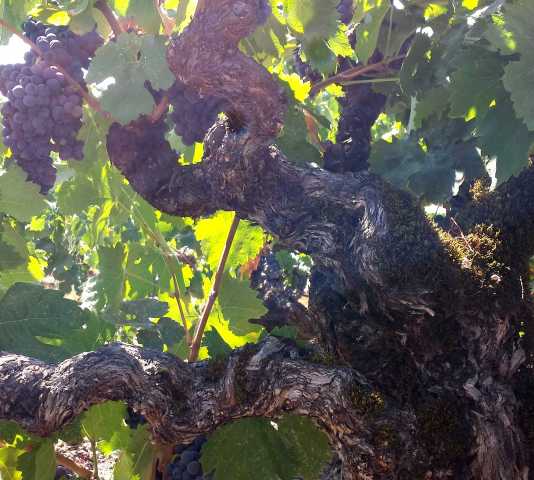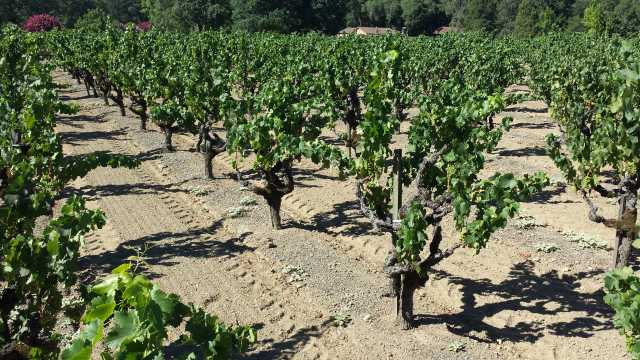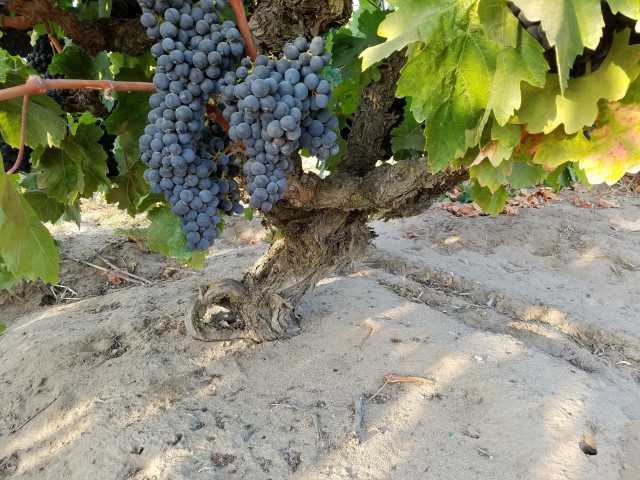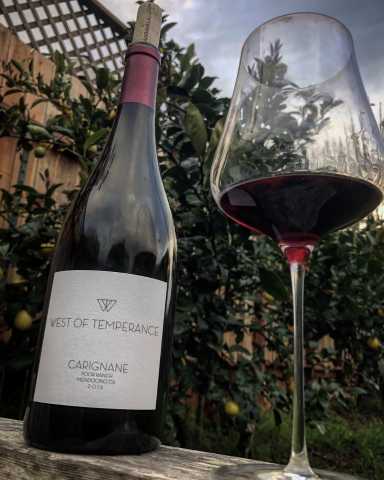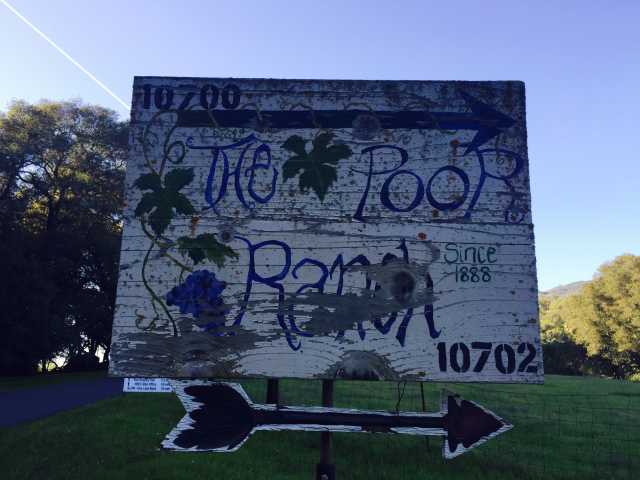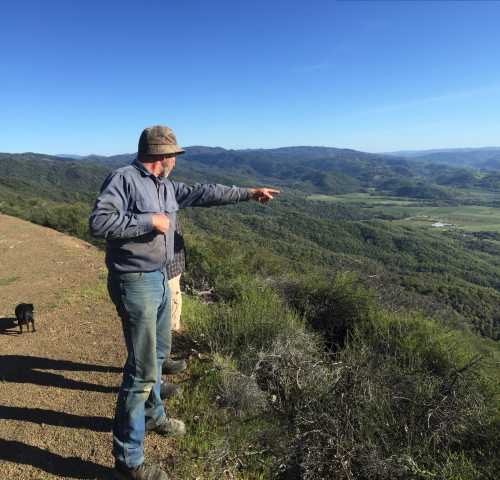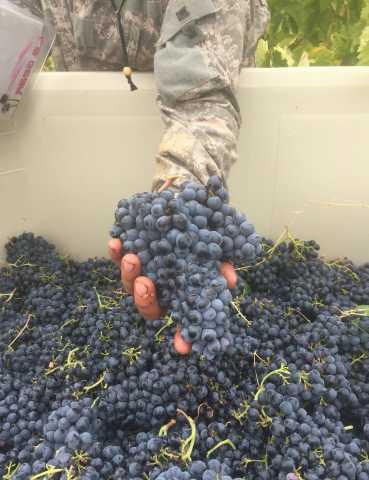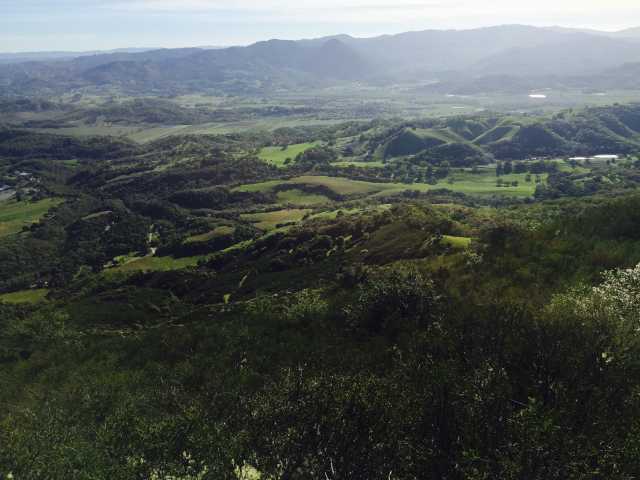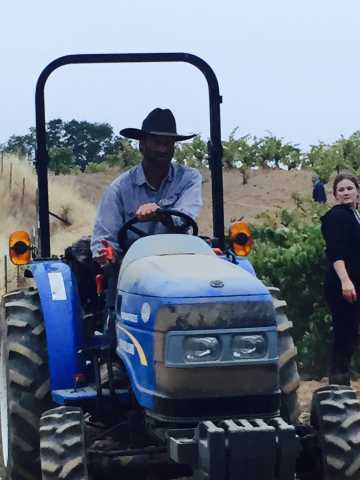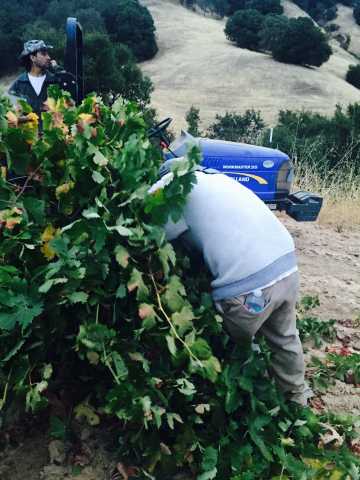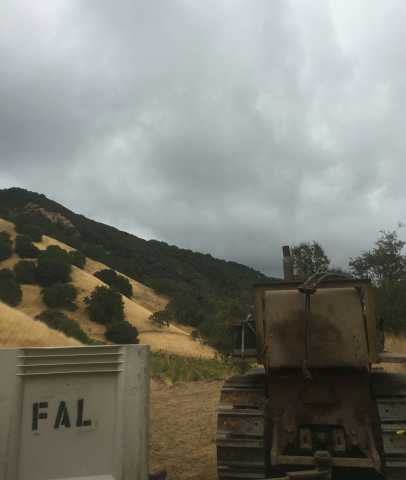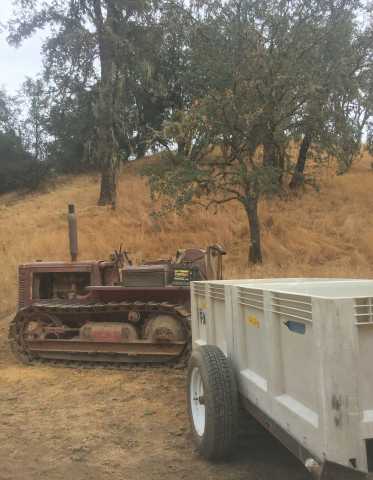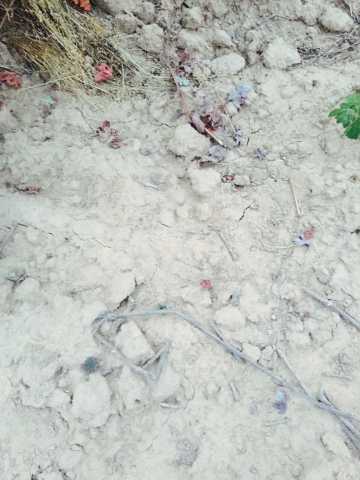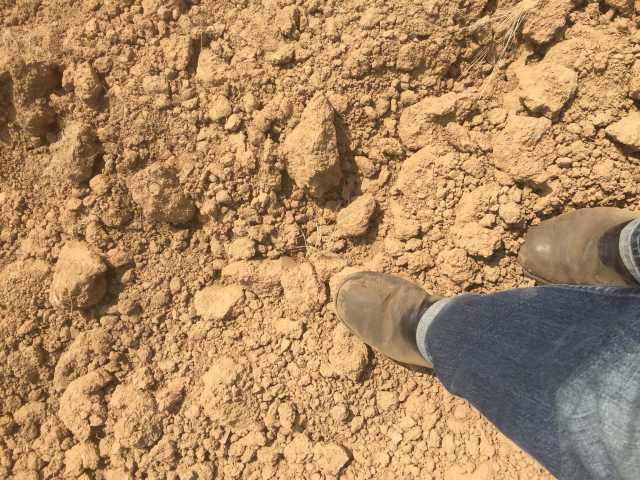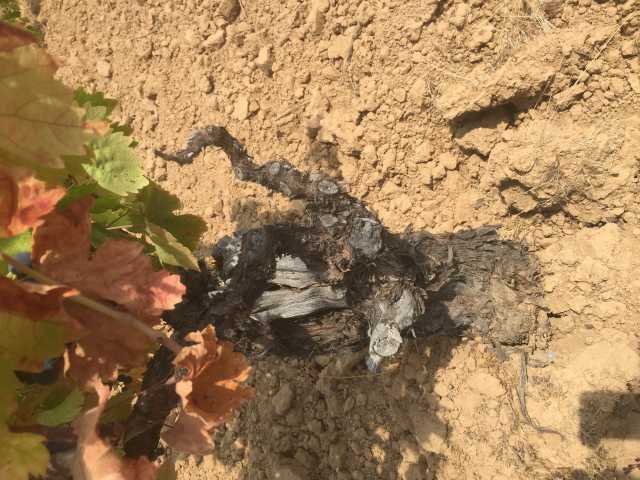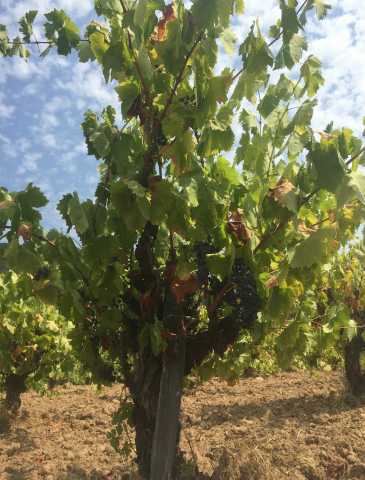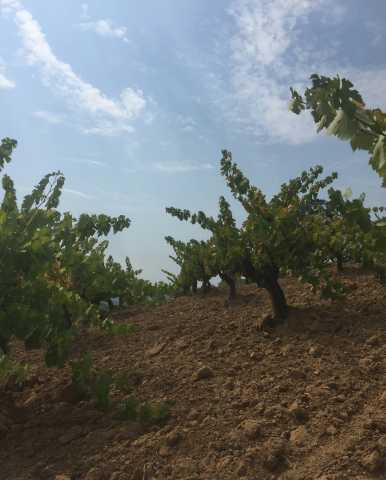The “Poor Ranch” in the Hopland area of Mendocino County is ridiculously old, a hidden keystone in the winegrape growing history of the area. What distinguishes the “Poor Ranch” from other old-vine sites is the continuity of ownership under the same family for such a long period time.
Mendocino County Winegrape and Wine Commission website
“Poor Family Vineyards: Some Things Never Change”
by Heidi Cusick Dickerson
"…In the 1880s, John Sr.’s grandfather John Samuel Poor. was a glass cutter in Springfield, Massachusetts, when he decided to head west. ‘Grandfather brought his wife, three year old son (John Robert Sr.’s father George) and a daughter to homestead the 160 acres above the Sanel Valley. He planted 30 different grape varietals including ten acres of Zinfandel. Over the years he and then George added almond, fig, olive and chestnut trees as well as the caper bush.’
"…Grapes are planted from 1500 to 2000 feet elevation on southwest facing steep slopes and ridges. Most of the grapes were replanted in the 1930s and ‘40s when John Robert Sr. was in high school. His dad George grew over 30 varietals in the beginning but the family has now narrowed it down to Carignane, Zinfandel, Grenache and Syrah with Petite Sirah on a plot within the Hopland Reservation.
“The largest block of grapes is nine acres and the smallest is one acre. They dot the ridges and are three miles apart ‘as the crow flies.’ Dry farmed with no chemicals ‘we were certified organic in one year,’ says John Jr. Their grapes go to Fetzer Vineyards*. The Poors work with Ann Thrupp and Bob Blue from Fetzer and Bonterra…”
- I do not know if the Poor Ranch still supplies fruit for Fetzer/Bonterra, but it is clear that more wineries are getting grapes from the site.

In recent vintages, the number of producers sourcing fruit from the vineyard AND putting the vineyard’s name on their wines has increased. In a prior post, I listed some of the Carignan wines from the Poor Ranch.

Two histories of the Poor Family and its stewardship of the vineyard over the years were given to me by the Rivens of The Princess and The Peasant, and are too large to post here. I can share them via email if you want to read either piece.
Here is a short video of a vineyard worker strutting her stuff, picking at something just shy of light-speed:
Here are some great, boots-on-the-ground thoughts on Mendocino County Carignan expressed by Mr Dan Riven of The Princess and The Peasant:
"The reason you don’t see much varietal Carignan around here is most of the farmers pulled it up a long, long time ago. It’s a good yielder, and as mentioned below it’s grown as a commodity, and disappears into industrial red blends, often blended with, or labelled as, Zinfandel. So, the profile of who’s growing it up here in Mendo, are very rural, rustic, old fashioned growers. The kind that, despite the years of GREAT financial incentive to sell, have chosen to keep the plots of land in the family; many, such as ‘Poor Ranch’, go back over a century. That says a lot about these folks, these vines are like family members. They’re diseased, they’re tired, they don’t yield much, and they’re a pain in the a** to farm. You could rip it out and plant Chardonnay on VSP, or sell to a large wine company, and the days of eating dust and breaking backs and driving a beat up unreliable truck are gone, overnight. But it’s unthinkable, their parents didn’t sell, and they won’t either. The vines mean more to them than the money does. But the pressure is getting greater and greater, as grape prices and demand continue to skyrocket. Carignan was, until very recently, not looked at as something that was fit to bottle by itself, too humble. And as such, the prices stayed low, while cab and chard continued to skyrocket. Only if the demand for Carignan would crystallize and the farmers had an option to sell small amounts to boutique wineries for more money, could the future for the grape in CA to be viable.
"Enter the likes of MTP, Mike Officer, Tegan, etc. It can’t be said enough how influential these guys are in saving these historical vineyards and varieties. The farmers I talk to and work with are so happy to sell to us instead of the big companies, not only because we can pay a bit more (‘Someone is actually paying you $20 for a bottle of Carignan???’), but because we actually care about their land. We’re out walking the fields with them, we stimulate them to, once again, get excited about their fruit. To take a fresh, open minded approach to grape farming and the meaning of balance and ripeness - until very recently, they would get paid only if the fruit would reach a certain minimum brix - usually 24-ish. We invite them to taste in our cellars, and, most importantly, we put their vineyard name on the bottle. It’s a pretty cool feeling to see these tough, hard men and women soften up when, for the very first time in like 100 years, their grapes are made into a vineyard designated bottling. All of this was unheard of when they were selling to the big companies. ‘Testa Vineyard’ is, along with ‘Eaglepoint Ranch’, the most acclaimed vineyard in the inland part of Mendo Co. Their prices are accordant to their level of prestige - if I were to buy from them, I’d have to sell for $50/bottle, something that I’m just not prepared to do. Don’t know if that’s why Idlewild is getting out, but the folks at ‘Testa’ are definitely re-setting the market for Carignan. And good for them!
"Some recommendations:
"AFWE style →
• Vinca Minor
• Populis (close personal friends, I can get you in touch if you’d like, Shaunt loves to correspond perhaps as much as I do)
"Big, rustic, S. France style →
• Baxter (also a good friend and would be happy to talk to you)
• Porter Creek
“Hope that helps…cheers!
Dan Rivin”

